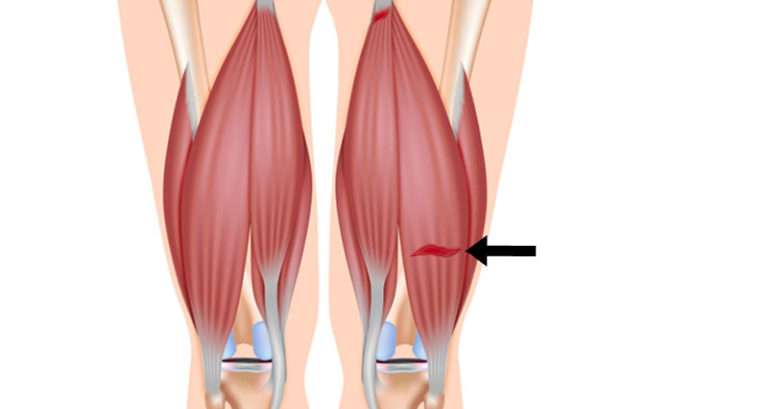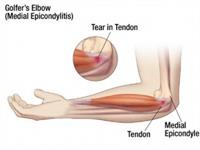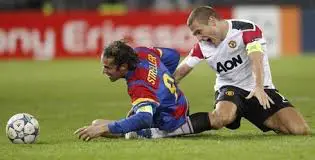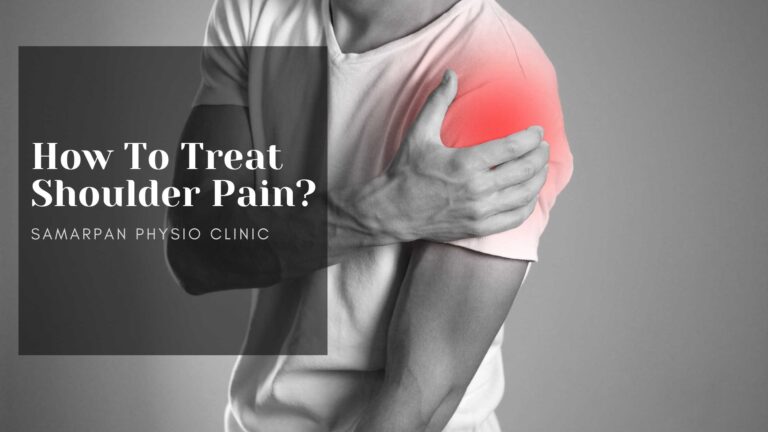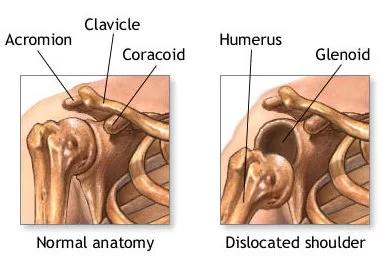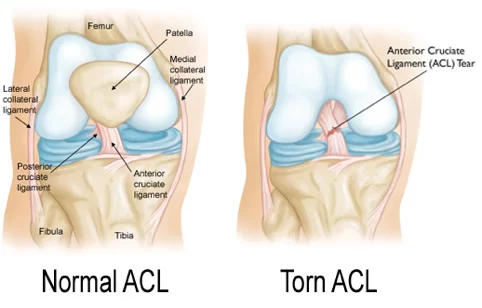Labral Injury and Physiotherapy Management
Anatomy related to Labral Injury The SLAP lesion Causes of Labral Injury Symptoms of Labral Injury Diagnosis of Labral Injury Treatment of Labral Injury Nonsurgical Treatment Surgical Treatment Physiotherapy Management of Labral Injury Goals of physiotherapy In the acute phase, Physiotherapy treatment will be focused on In restoring phase Physiotherapy will be focused on pain-relieving…


